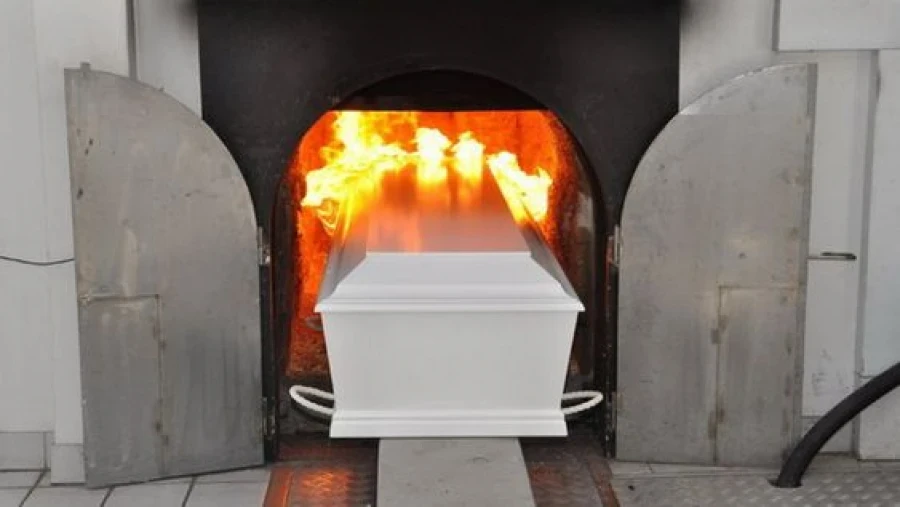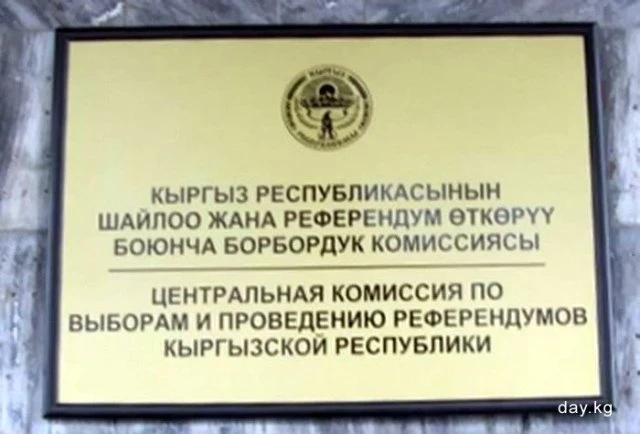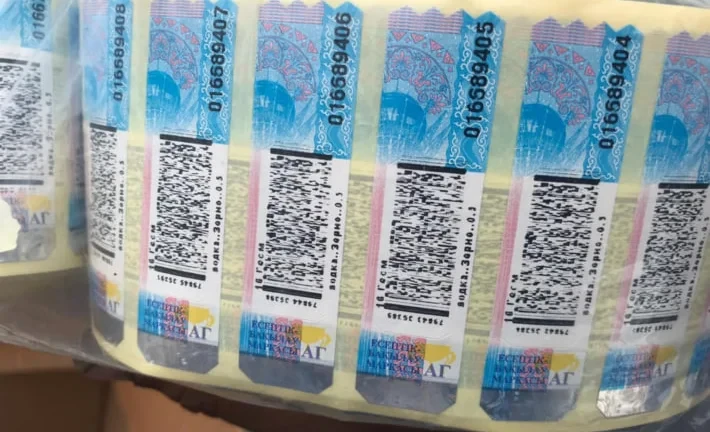This draft resolution is intended to implement the provisions of the law "On Burial and Funeral Activities" and has already been submitted for public review.
The project proposes to establish rules for the operation of crematoriums, which will cover the organization of cremation services, the acceptance and documentation of bodies for cremation, as well as the cremation process itself (both planned and emergency), the issuance of urns with ashes, and their subsequent storage or burial.
Process of Ordering Services and Accepting Bodies for Cremation
To place an order for cremation, it is necessary to submit an Invoice-Order and a statement from the person responsible for the burial. Bodies are accepted upon presentation of a death certificate or relevant documentation, as well as an identification document.
Bodies can only be accepted in wooden coffins that completely burn and must not contain metal elements or foreign accessories. The responsible person must confirm their absence in writing.
Cremation can be conducted with or without a farewell ritual. Cremation halls are available for various ceremonies: both religious and secular. Time for the ritual is reserved when submitting the Invoice-Order; the procedure remains the same for legal entities.
Cremation Procedure, Issuance, and Burial of Urns with Ashes
Crematoriums provide for both planned and urgent cremations: urgent cremations are conducted on the day of application, and the urn with ashes is issued within 24 hours. Anatomical remains and other biological materials that cannot be used for medical purposes are also subject to cremation. Their acceptance is carried out in sealed containers marked by the transferring organization and accompanied by a transfer act.
All cremation procedures are recorded in a log. The urn with ashes is handed over to the responsible person or an authorized representative by proxy, with a notation in the death certificate. Metal objects that did not burn can be returned to relatives upon request or disposed of.
If the ashes are not claimed, they are stored in the crematorium for a specified period, after which they are buried in a designated area without indicating names. When burying or issuing urns, corresponding acts are drawn up to confirm the absence of foreign objects.
Responsibilities of Crematorium Administration
Crematorium staff are responsible for the entire range of services: preparing necessary documents, accepting and verifying bodies, removing unnecessary items, conducting farewell rituals, the cremation itself, processing ashes, sealing and labeling urns, their storage, and issuance.
Rules for Visiting Crematoriums
Visitors must maintain order and silence. It is prohibited for outsiders to be in service areas of the crematorium, change the order of rituals without agreement, remain after the ceremonies are completed, litter, smoke, consume alcoholic beverages, walk animals, damage plants, light fires, or be on the premises after closing.
Entry is allowed only for service vehicles and staff cars. The transport of ritual participants must be parked in specially designated areas.
Operating Procedures for Crematoriums
Download the document





















